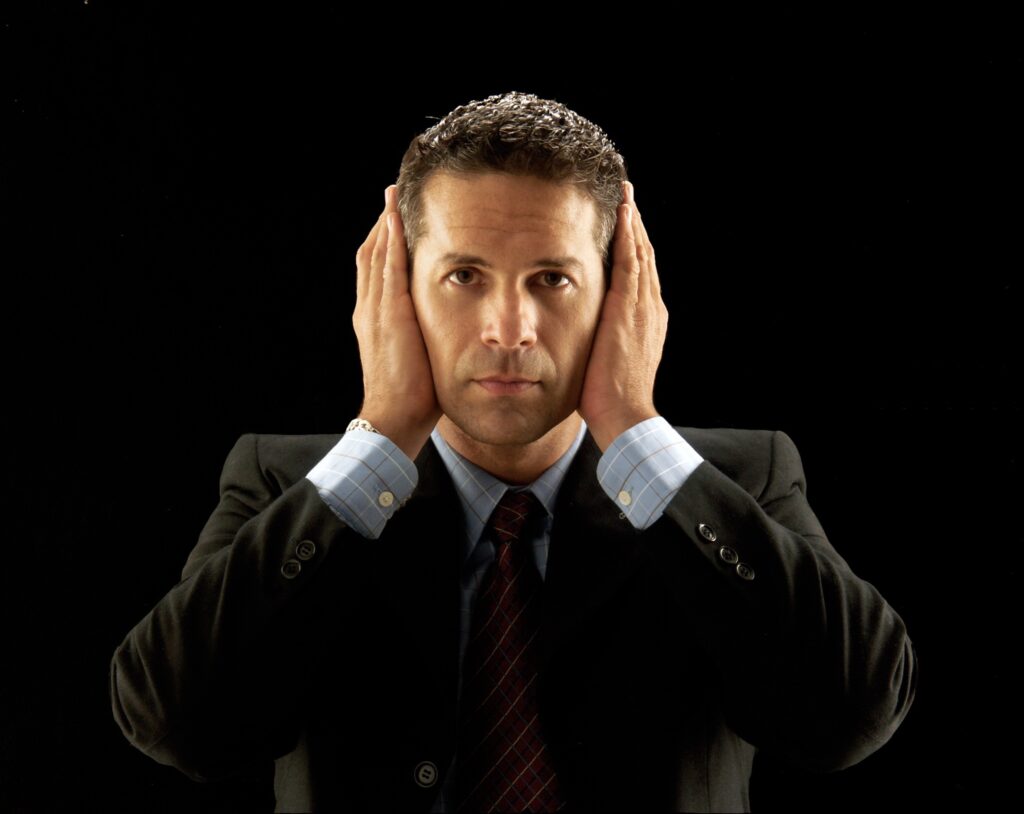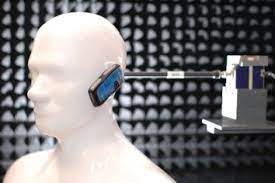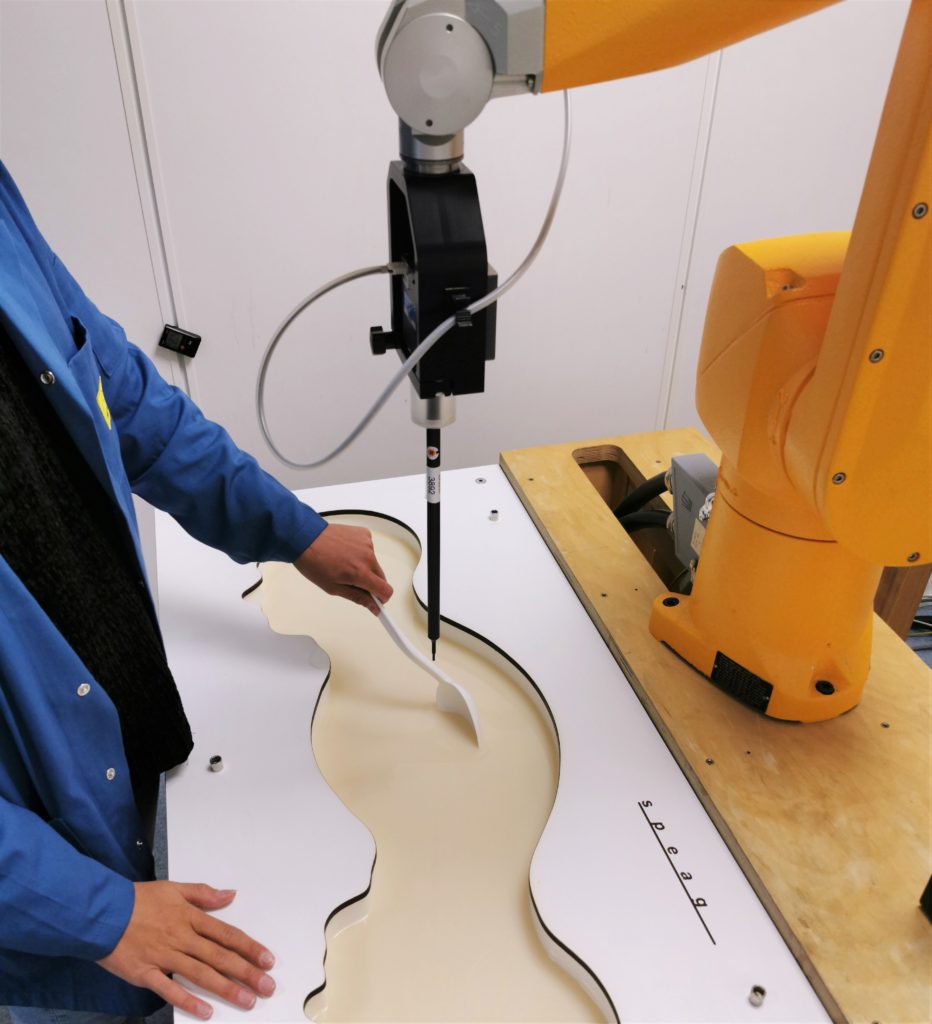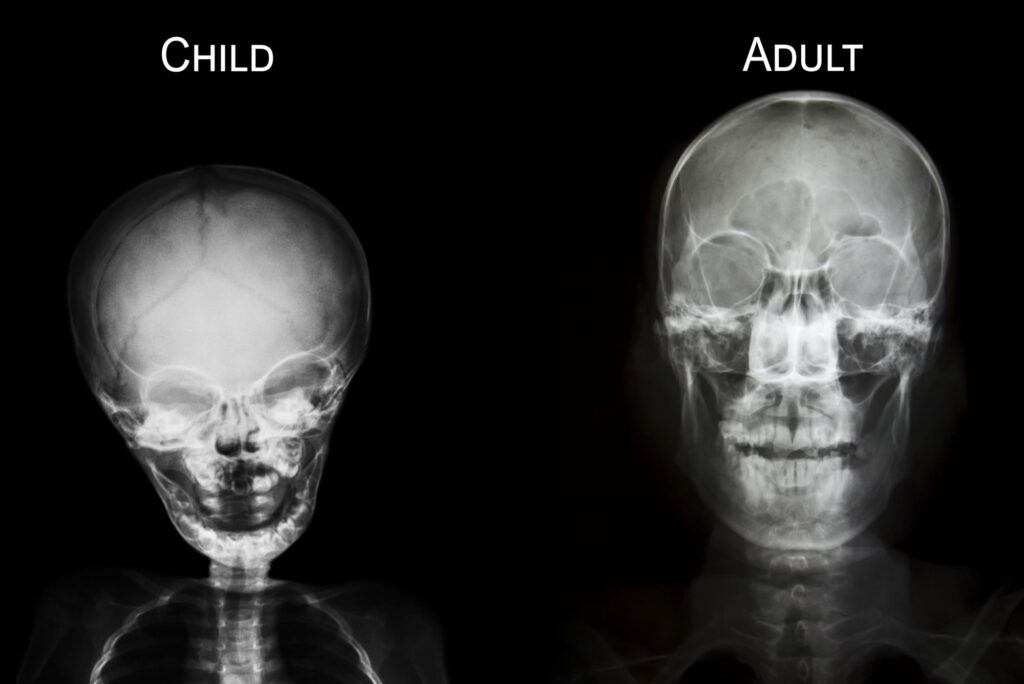
As wireless technology increasingly becomes part of our daily lives, health concerns about electromagnetic fields (EMF) radiation they emit have also been growing. Most people are unaware of the invisible energy waves that power your wireless devices, so it might surprise you to learn that these wireless signals can potentially harm health.
Shockingly, the legal safety standards to protect people from harmful EMF radiation exposures are very controversial within the scientific community. Thousands of medical research studies on wireless EMF exposure to humans report adverse effects on health at the current legal limitations. So, those studies should serve as a stark warning to the public about a looming health crisis posed by inadequate wireless EMF safety standards.
Most alarmingly, babies and children are more vulnerable to wireless EMF exposure than adults. Unfortunately, they are not given special consideration in current legal safety standards to accommodate their tiny, sensitive and delicate biology. Parents and child caregivers must be aware of the highly controversial approach used to set health safety standards decades ago, which never considered to include the distinctive biology of babies or children.
This article will explore how legal safety compliance and product testing for wireless radiation exposure are insufficient to protect children’s health. I’ll expose the inherently flawed model engineers use to set health safety standards despite contradictory views from the medical community. This information will be essential for parents and child caregivers to acknowledge the invisible threat that wireless EMF radiation poses so that steps can be taken to prevent potential harm to children’s health.
Ridiculous Approach to Health for Wireless “Safety Standards”

Many discrepancies are still being hashed out in the rather complicated cross-discipline field of Bio-electromagnetics, where biologists are often pushed aside regarding the ‘hard’ sciences of physics. Even though engineering is the natural home of technology, medical researchers are wary of electrical engineers’ unscientific approach to health sciences. So, it’s unfortunate that engineers are currently the scientific authorities accountable for public health standards from EMF radiation exposure, even though they are not truly qualified to make informed health decisions.
Wireless legal compliance for product testing was established in the 1990s before the widespread use of wireless devices by most of the population. Since then, thousands of scientific reports from medical scientists have shown evidence of harm to human health at current legal limits. Unfortunately, those reports are brushed aside when reported to government bureaucrats who continually favor the interests of technology companies over public health.

It should startle everyone that engineers are the unelected authorities on health safety for wireless technology without proper input from medical experts like biologists. Also, it’s grossly negligent to ignore the pleas from medical experts to revise the safety standards to reflect the current scientific knowledge. The most objective offense to public health is the abandonment of children because they are not given accommodating safety standards that recognize their sensitive developing biology but are lumped together with adult models.
Children are Not “Small Adults”

The product testing model for wireless devices uses an adult-sized plastic mannequin modeled after a full-grown adult man weighing 220 pounds. This reflects the average weight of the top 10% of military recruits from many decades ago when the government initially designed such experiments. The rationale is beyond the scope of this article, but it is based on false suppositions about human health that don’t represent biological science.
Medical experts agree that babies and children are known to be much more biologically sensitive in their early growth stages while making critical changes to develop correctly. So, using a prominent adult male model to test EMF safety limitation levels that apply to babies and children seems ridiculous. It’s blatantly apparent that children are not “small adults,” so they shouldn’t be considered as such when testing wireless devices for so-called safety.

So, now Health scientists partly consider the current model obsolete because it does not consider children’s unique biological, anatomical, and developmental factors. However, this flawed model is still cleared by government regulators for compliance with legal standards. So, it is up to parents and caregivers to recognize that wireless technology is never tested with baby or child models, so there is no such thing as “child-safe” wireless devices backed by empirical science.
Different Tissues: Different Issues

The adult-sized male model used to test wireless EMFs from mobile devices is filled with synthetic fluid to simulate the electromagnetic (EM) properties of various tissues and organs in the body. Studies have shown that the interaction of wireless EMF with undeveloped tissues of children differs from adults due to the variation in tissue EM properties. So, many medical experts assert that the current model used in testing wireless products needs to include a method that correctly represents the tissue EM properties unique to babies and children.

It is scientifically established that wireless radiation exposure makes babies and children more vulnerable to health risks than adults. Children with weaker immune systems, such as those with underlying health conditions, may be particularly vulnerable to these risks. So, it is utterly nonsensical from a health point of view to claim that babies and children do not need special consideration when testing safety standards for wireless EMF radiation exposure.
Children are known to have a higher percentage of water and ionic content in their bodies, which affect how their tissues absorb EMF radiation. Since water has more conductivity in electrical fields, radiation energy can penetrate more efficiently throughout a child’s body and brain. Additionally, their nervous and immune systems differ throughout their entire body, which can trigger disruptions at much lower levels of EMF than legal standards suggest.
Size Matters! (NPI)

Similarly to the body mannequin, a large adult male head model is currently used to test the radiation exposure from cell phones to simulate the head and brain. Any head smaller than such will absorb more wireless EMF radiation from wireless devices into the brain. So, as wireless radiation penetrates a child-sized head and brain, it can be absorbed over more extensive general areas and into deeper brain sub-regions than an adult-sized brain.

Another important consideration is the bone thickness and tissue density of a child’s head compared to large adult males. Studies show that a child’s ear and skull are thinner and less dense than an adult’s, making their brains more exposed to wireless headsets or cell phones. This is because radiation penetrates the ear and skull before exposure to brain tissue. The thinner the ear and skull, the less protection the brain has from incoming radiation.
If you’re a parent or child caregiver, it is crucial for you to recognize the lack of safety standards in place for wireless radiation exposure on your children. Educating children about the potential dangers of wireless radiation exposure, limiting unnecessary devices, and only using cell phones when needed are essential. This includes teaching them to keep mobile devices away from their heads when possible, such as using a speakerphone or texting instead of holding a cell phone to their ear.
Time for Action!

It’s unbelievable that wireless technology has no scientifically legitimate safety testing to accommodate vulnerable populations like children and babies. So, please be advised… Wireless mobile devices are never actually designed for baby’s or children’s use! So, just because some devices and applications are marketed and sold for babies and children does not mean they are genuinely tested for child safety.
The American Academy of Pediatrics (AAP) recommends using precautions around wireless technology and reducing your child’s exposure to wireless technology. Everything for children starts in the home, so please take a moment to review some easy steps to begin reducing wireless exposures in your home.
